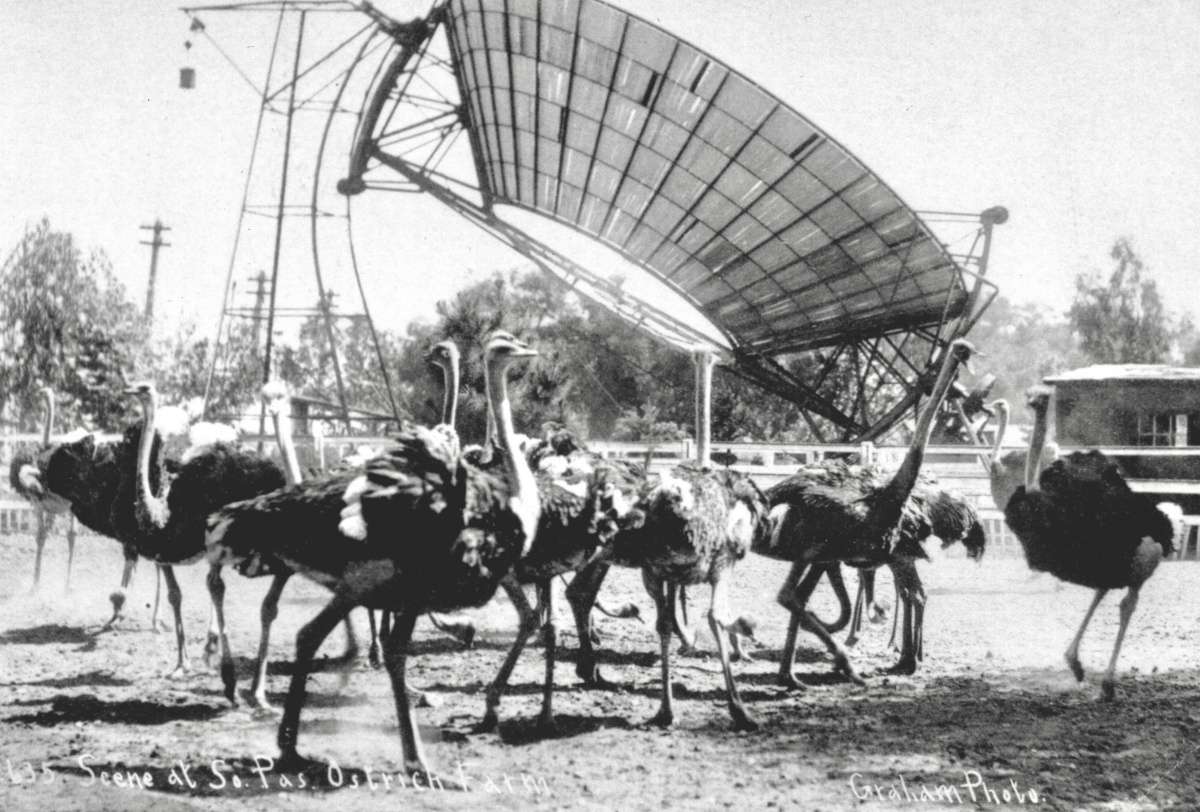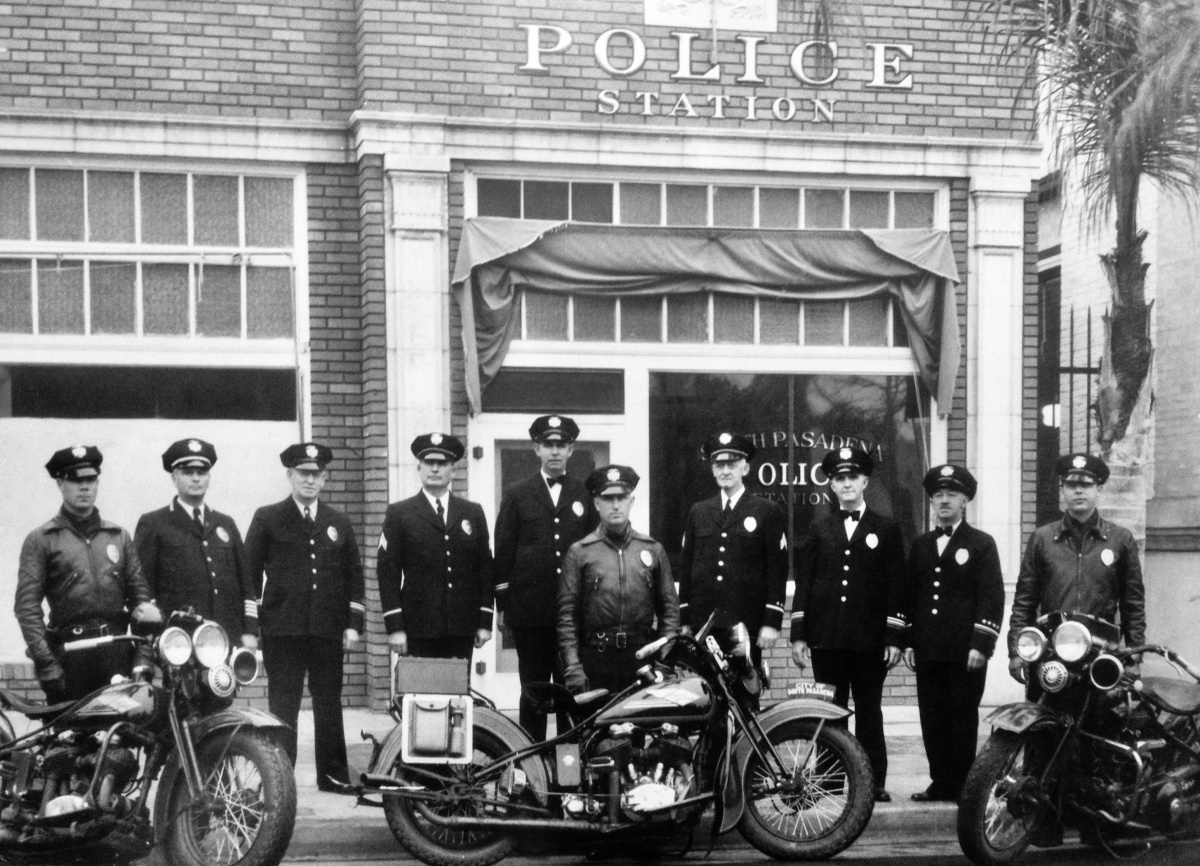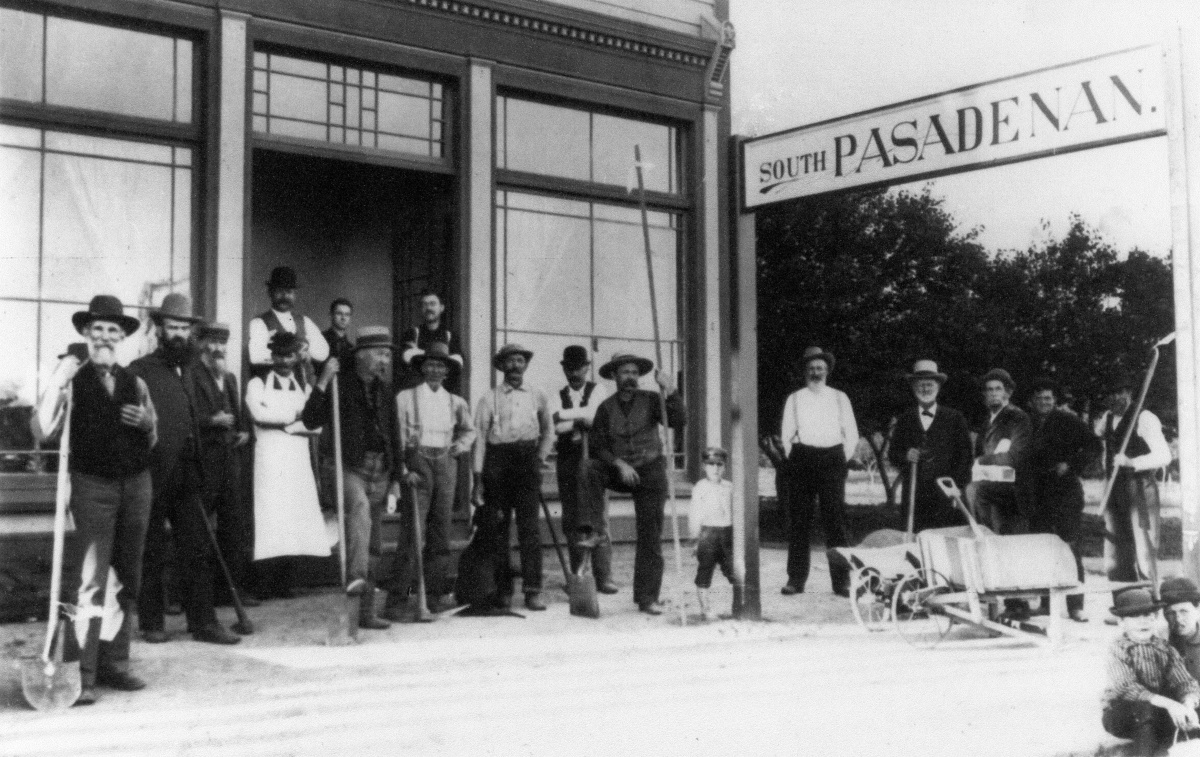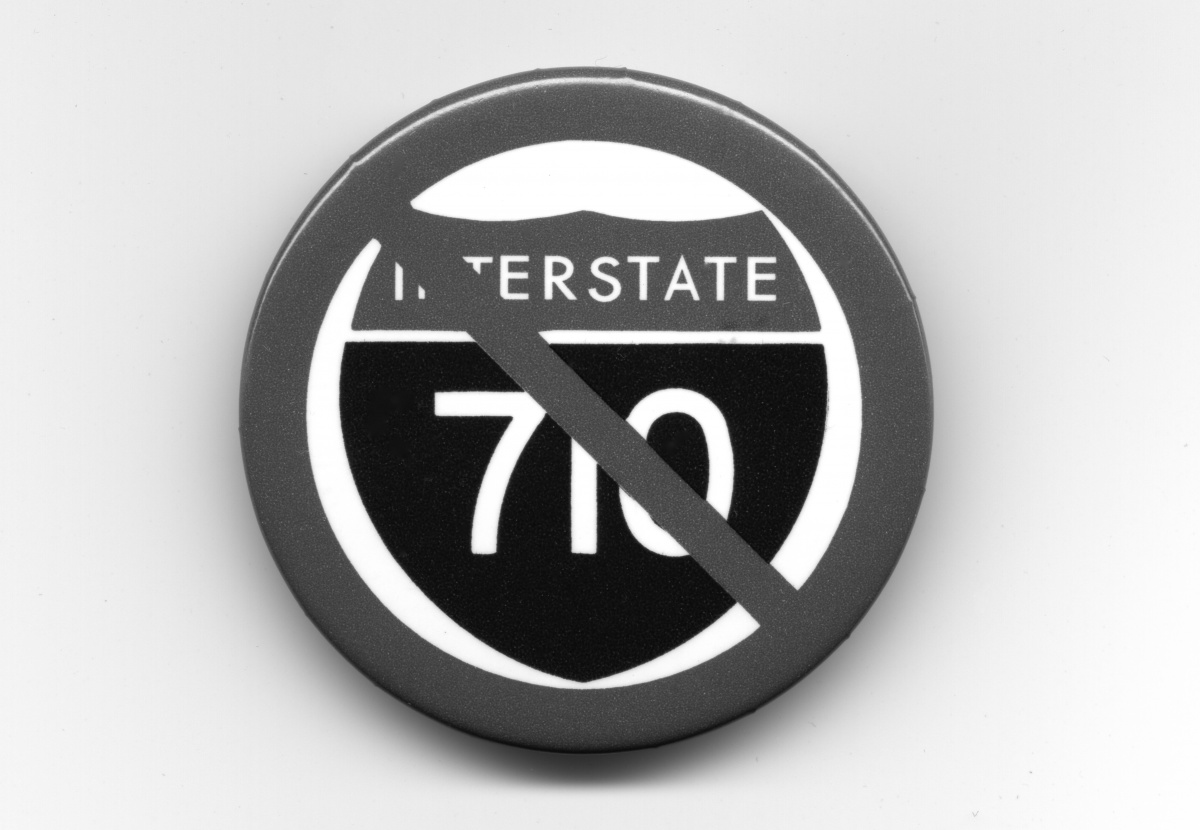
Thanksgiving is a time for personal reflection. The process begins today for most people, lasting through the “holiday season” until late December – ending just after New Year’s Day.
So, let’s reflect together on what makes our “small town” city so special. More specifically, the top five reasons to be thankful you are delighted to be South Pasadenan?

There are so many things to be thankful for, not the least of which are the families who call South Pas home. I have mused, for instance, the main reason our schools are considered top-notch are the parents who flog their kids to be the best students on the planet. A whole lot easier to teach beatdown and obedient youth – their receptive minds are already geared for academic success. But I digress.

For my Top Five Most Thankful list, I will focus on “protection.” What keeps us the Mayberry-like community we all know and love so much.
Let’s begin the countdown.
No. 5 – South Pasadena Police Department and South Pasadena Fire Department. Most small cities do not have a dedicated police and fire department. The men and women of our community fire and police are so highly skilled and responsive they are practically at our beck and call.

No. 4 – Tree Huggers. We live in an urban forest today thanks to the early South Pas residents who organized tree planting events and stood guard with rolling pins and broomsticks to protect our heritage oak trees from being cut down by the city.


No. 3 – Freeway Fighters. For a half-century, our residents have stepped up to join The Fight (a term I coined) to oppose the Caltrans’ plan to put another highway through our city. We whipped the neighbor cities who unsuccessfully supported the division of our city, and in recent years even killed the tunnel option.

No. 2 – South Pasadena Public Library. The heart of our community is not City Hall – it’s Library Park (home of the public library and historic community room).
No. 1 – South Pasadena Preservation Foundation (SPPF) and Cultural Heritage Commission. The SPPF board members and Cultural Heritage Commission members are seeded with many of the same volunteers. They are at ground zero of the battleground to preserve and protect our historic buildings and cultural heritage.

Of course, there are many more public intuitions and private organizations I have failed to mention. Some of their supporters will let me with calls and emails. We are a feisty bunch.
Throwback Thursday is written and produced by Rick Thomas















.png)






